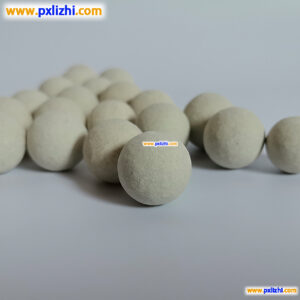
# Ceramic Ball Manufacturing Process and Applications
## Introduction to Ceramic Balls
Ceramic balls are precision-engineered spherical components made from various ceramic materials. These balls offer exceptional properties such as high hardness, wear resistance, chemical inertness, and thermal stability, making them valuable in numerous industrial applications.
## Manufacturing Process of Ceramic Balls
### 1. Raw Material Selection
The manufacturing process begins with selecting appropriate ceramic materials. Common choices include:
– Alumina (Al2O3)
– Zirconia (ZrO2)
– Silicon Nitride (Si3N4)
– Silicon Carbide (SiC)
### 2. Powder Preparation
The selected ceramic powder is carefully prepared with:
– Precise particle size distribution
– Controlled purity levels
– Appropriate additives for sintering
### 3. Forming Process
Several methods are used to form ceramic balls:
#### Isostatic Pressing
Cold isostatic pressing (CIP) applies uniform pressure from all directions to create green bodies with consistent density.
#### Injection Molding
For complex shapes or small sizes, ceramic injection molding combines ceramic powder with binders for precise forming.
### 4. Sintering
The formed balls undergo high-temperature sintering to:
– Achieve full density
– Develop final mechanical properties
– Create the desired microstructure
### 5. Precision Grinding
After sintering, the balls undergo precision grinding to:
– Achieve exact dimensional tolerances
– Improve surface finish
– Meet specified roundness requirements
### 6. Quality Control
Rigorous quality checks include:
– Dimensional verification
– Surface finish analysis
– Mechanical property testing
– Visual inspection
## Applications of Ceramic Balls
### Bearings
Ceramic balls are widely used in bearing applications due to their:
– High stiffness
– Low density
– Corrosion resistance
– Ability to operate in extreme conditions
### Valves
In valve applications, ceramic balls provide:
– Excellent wear resistance
– Chemical inertness
– Long service life in abrasive environments
### Grinding Media
Ceramic grinding balls offer advantages in:
– Mineral processing
– Paint and pigment dispersion
– Pharmaceutical applications
### Aerospace and Defense
Specialized applications include:
– Guidance systems
– High-performance bearings
– Extreme environment components
## Advantages of Ceramic Balls
Compared to metal balls, ceramic balls provide:
– Higher hardness and wear resistance
– Lower density
– Better corrosion resistance
– Higher temperature capability
– Electrical insulation properties
## Future Trends
The ceramic ball industry continues to evolve with:
Keyword: ceramic ball
– Development of new ceramic compositions
– Improved manufacturing techniques
– Expansion into new application areas
– Increased demand for high-performance materials
As technology advances, ceramic balls will likely find even broader applications across various industries, driven by their unique combination of properties and performance characteristics.